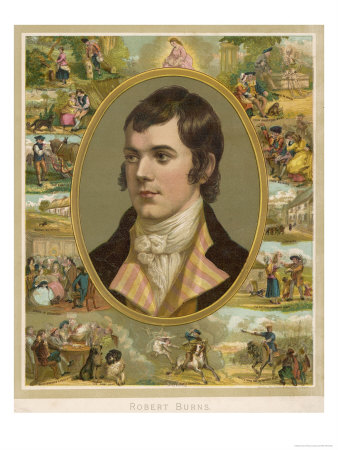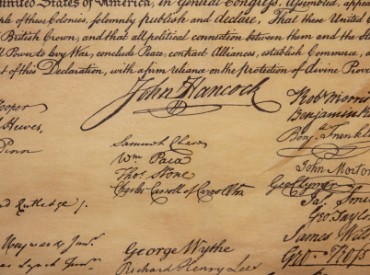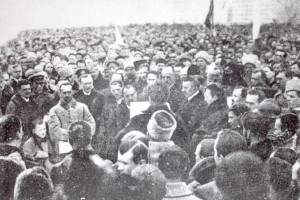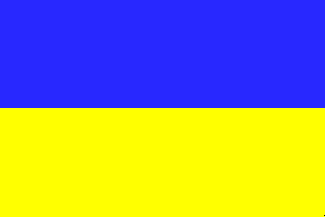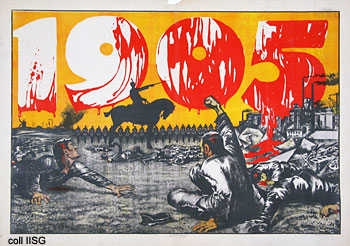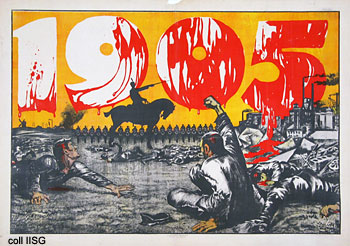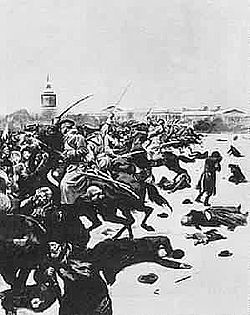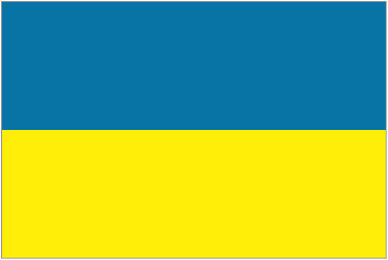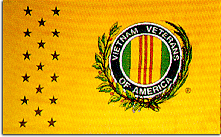January 26
On January 26, 1808 Major George Johnston led his men to the residence of Governor William Bligh and forcibly relieved him of his post. This remains the only successful coup by force in Australia’s history.
(You may remember Charles Laughton’s portrayal of the lovable, kooky Captain Bligh in 1935’s Best Picture “Mutiny on the Bounty” which portrayed the crew’s slapstick romp through the South Pacific.)
But that’s not why they celebrate. In fact the first recorded celebration of Australia day was 200 years ago, on January 25, 1808, the night before the coup. They called it First Landing or Foundation Day. It marked the 20th anniversary of the landing of British ships in what is now Sydney, with the purpose of setting up a permanent penal colony for the Bad Boys of Britain.
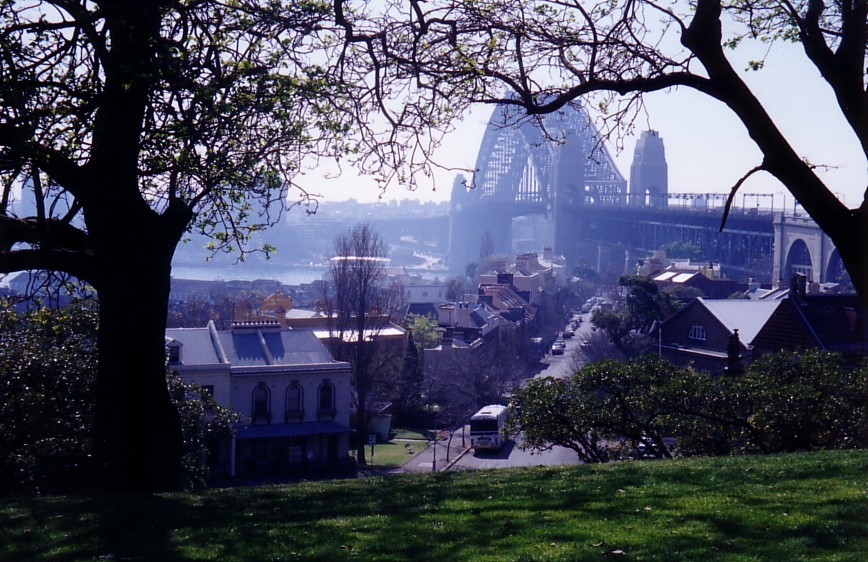
24 year-old George Johnston was the first officer to set foot on Sydney Cove sand that day. According to legend (ie. Wikipedia) he was so ill from the boat trip, he had to be carried on the back of convict James Ruse. Ruse had been sentenced to death back in England for stealing two watches. This was later commuted to 7 years in Australia. Ruse became Australia’s first successful European farmer.
from The Birth of Sydney…<
“The grant of land made to him by Governor Phillip in 1792 was the first act in a tragedy of dispossession for Aboriginal Australia. It would take 200 years exactly for the country to acknowledge that Phillip’s declaration was a sham.”
The 1789 London Morning Herald had a different take on the budding colony:
“The settlement we are making at Botany or rather Jackson’s Bay reminds us of the origin of the Roman Empire, which sprang out of a nest of robbers…The thief colony may hereafter become a great empire, whose nobles will probably, like those of the nobles of Rome and other empires, boast of their blood.”
The report prophesied correctly: Australians are a patriotic bunch, more so in recent years. But even today 1 in 4 Australians was born in another country. And 2 in 5 have at least 1 parent born abroad.
Heavy immigration has not been without conflict. In 2005, riots in the beachside suburbs of Cronulla targeted Middle-Eastern immigrants. It was the first riot to be fueled by text messaging.
This year Australia pays tribute to a couple whose heroism will be remembered for days to come. Lorraine and Robert Steel were honored (I mean honoured) with Order of Australia medals in part for their creation of the Parkes Elvis Festival in western New South Wales.
“January’s been very quiet in Parkes and we thought that we would do something to liven up living in Parkes in January to give us some business and hopefully to give business to our local motels and eatery.”
It’s now the world’s biggest Elvis festival, holding the Guinness World Record for most Elvis impersonators in a single place.
Australia Day History
Survival Day

